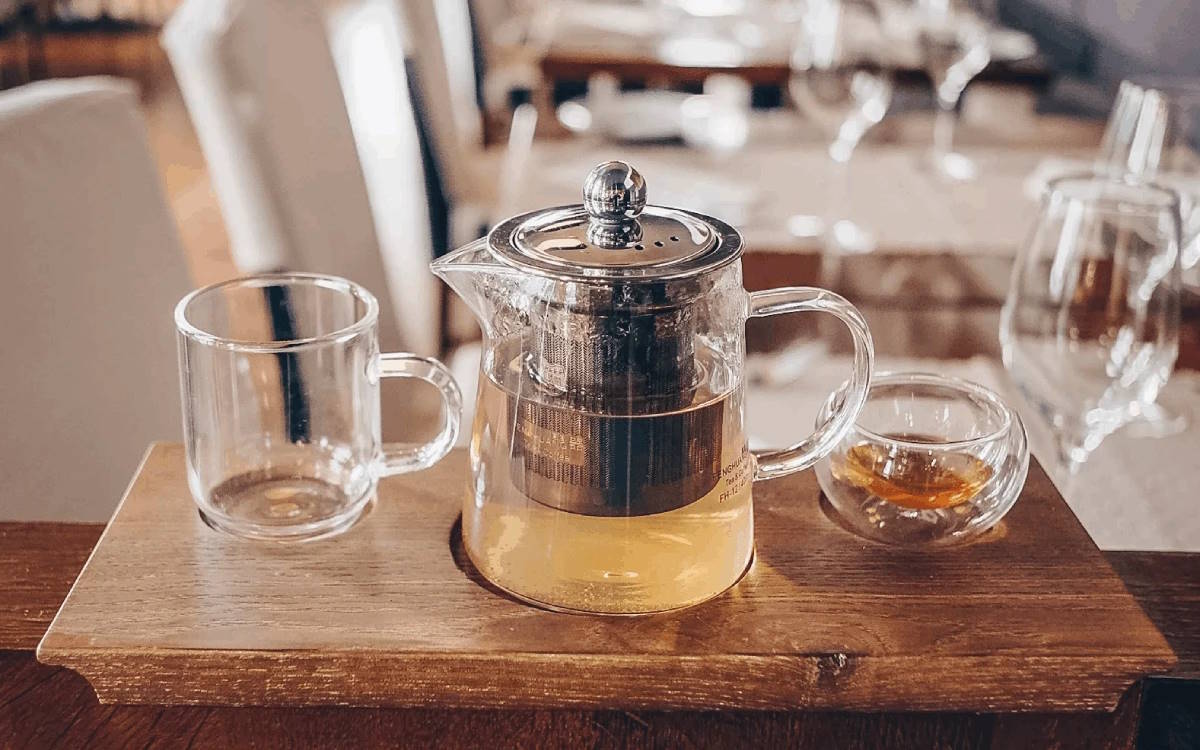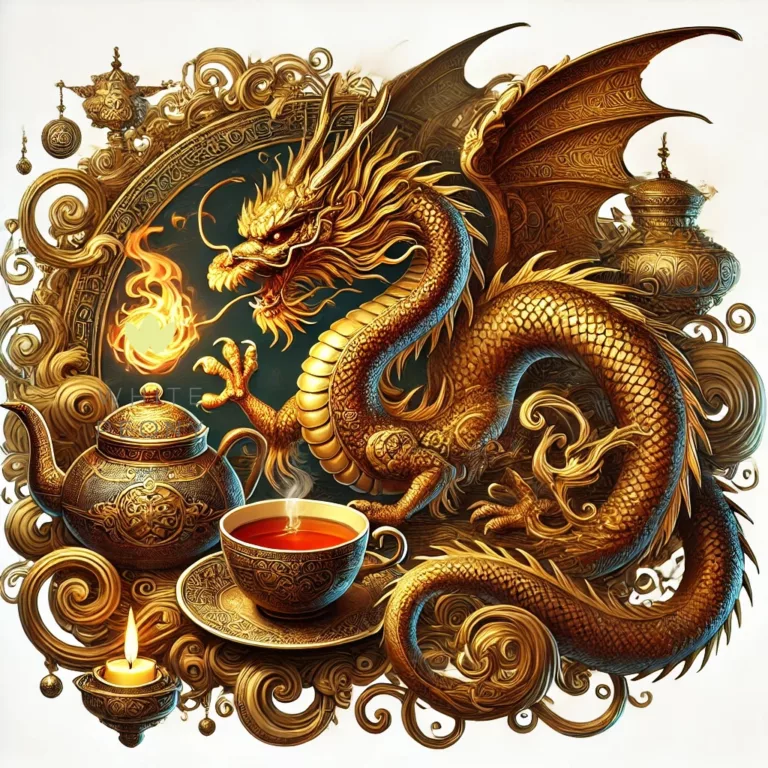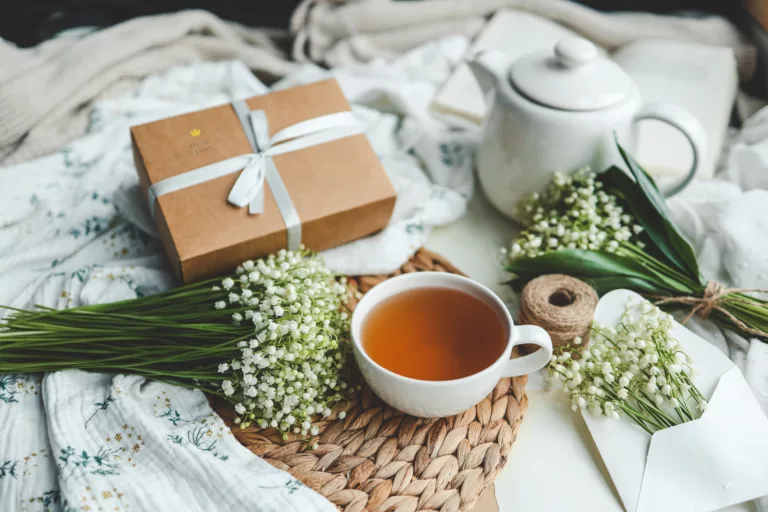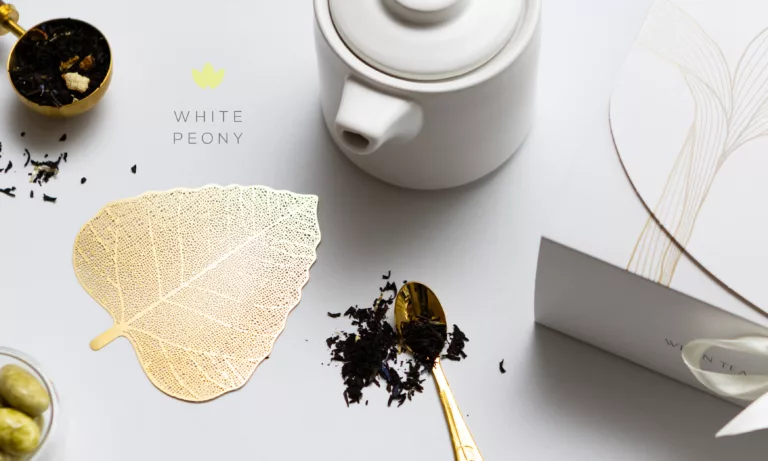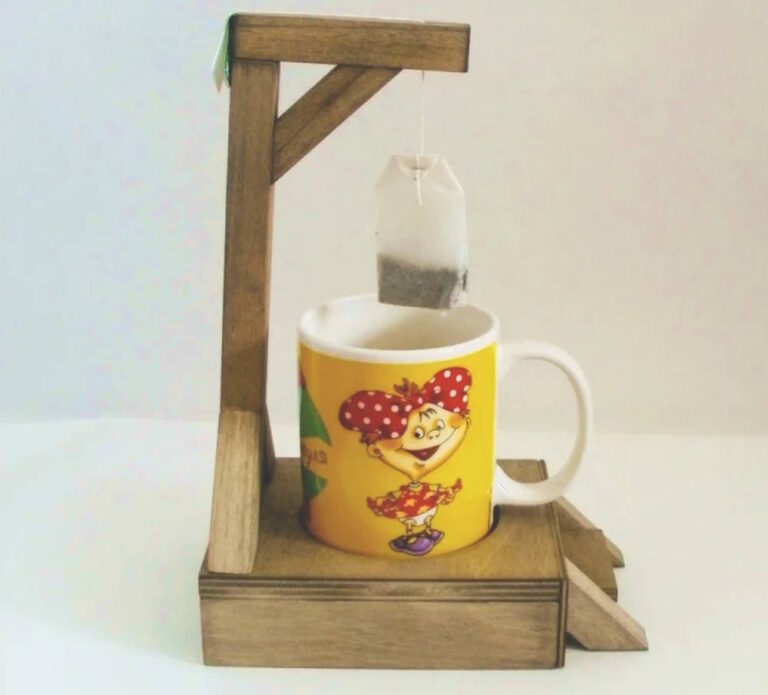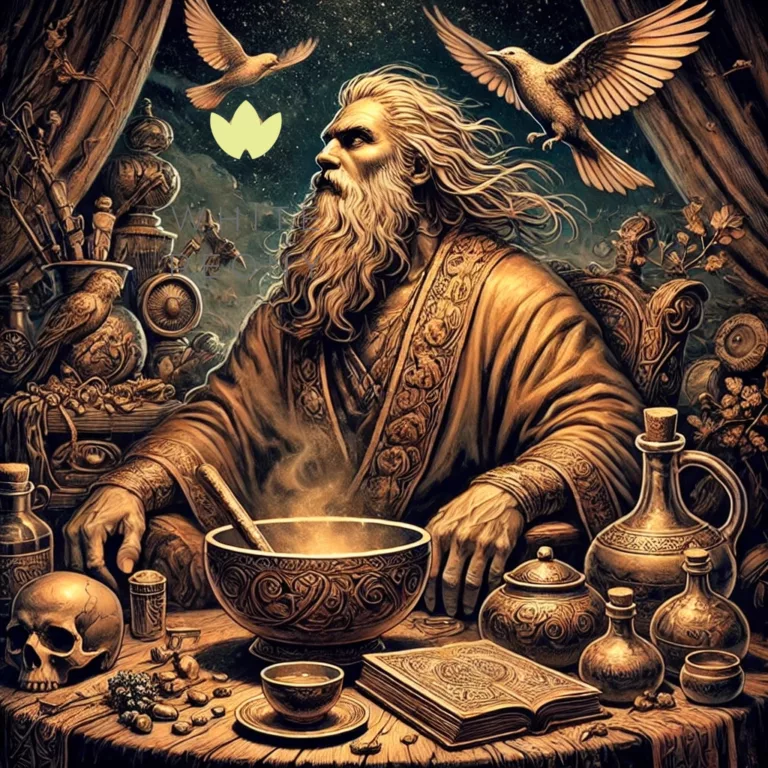The modern fascination with tea ceremonies – a tribute to oriental exoticism – has been echoed by many interesting ethnographic works that describe the history of tea, the technology of its brewing, the taste characteristics of varieties, the procedure for drinking tea in an oriental manner, unlike English and Russian traditions. According to the ironic remark of a Japanese writer, this is a “storm in a teacup” with all the calm of the tea sacrament.
It is important to understand how the philosophical foundations of the mentality, ethical and aesthetic priorities of certain cultures are embodied in the tea ceremony.
Ritual actions originating from antiquity, to which the tea ceremony can be attributed, have a specific semantics of imitation of the worldview, in which they have the meaning of finding a kind of identification: “This historical semantic code for nature and life (…) turned out to be a cultural value, the result of the “production of ideas” “, Spiritual inventory, which used a new ideology and a new culture.” The ceremonies were identical to the understanding of the ancients. And then they became a metaphor for reality. Such “duplicates”, especially the unchanging form of the tea ceremony, became emotionally semantic codes of the approach to the world, and as a result, it became a reality of a special kind, a reflection of a perfect and thoughtful action. This form, capturing transcoded consciousness, creates conditions for intersubjective communication as an opportunity to get acquainted with the philosophical meaning of the ceremony (the meaning of being // sign / value sign of reality). And at the same time, understanding the meaning of the ritual is a condition for intercultural communication, since tea is one of the most widespread drinks in the world.
The preparation of a medicinal potion from the leaves of the tea bush has been known in China since ancient times and is mentioned in connection with the name of the Chinese thinker Lao Tzu (i.e. 5-6 BC), who was fully recognized and “legalized” in Heavenly Tea. in the 8th century during the Tang era, when the “apostle of tea” Lu Yu wrote a three-volume treatise
The Holy Book of Tea (another translation is “The Canon of Tea”). Even then, the tea ceremony was understood not only as a tea party, but precisely as a time spent on the secret of understanding life and caring for the spirit by comprehending the exquisite taste of tea. The tea leaf acquires the meaning of a truly “philosophical leaf” (a paraphrase of the “philosopher’s stone”). What teachings (教) can we read about it, on this blank leaf for us?
Firstly, the principles of the natural philosophy of ancient China are part of the Chinese technology for the preparation and use of tea. According to cosmogonic myths, the original single substance “qi” was divided into two principles: “yang” (light, active, creative, masculine, heavenly) and “yin” (dark, passive, receptive, feminine, earthly) – they maintain a harmonious balance in the world. The forces of Yin and Yang, “+” and “-“, constantly replace each other, interdependent and complementary. The symbolic meaning of this “ritual” is expressed in the rotation of cups and the consumption of Yin and Yang energies using the Taiwanese method of drinking tea (Chinese tea ceremony?).
The world order in Chinese natural philosophy (recorded, for example, in the Feng Shui system) was defined by the “five elements” (as concepts, designations, not objects), as stated in the book Shu Jin: “The first beginning is water, the second is fire, the third is wood, the fourth is metal, and the fifth is earth.” These elements have the properties of flowing down, rising, bending, changing and receiving sowing, thereby obtaining a crop. In the tea ritual, the states gradually change, the objects of the five principles are present in it. Water for tea is specially selected, usually from rain or mountain sources, then heated on a fire extracted from charcoal (heat rises), in metal containers, and then poured (drained) into a special ceramic teapot (clay, earth), where the leaves of the tea bush (plant, tree) are placed. Tea is an interaction of fire, water, tea leaves, spaces and states. All these components must be balanced by the calm equanimity of the perception of the person making the tea.
The tea ceremony provides an opportunity “here and now” to come into contact with living reality and with the wisdom of the ancients.

